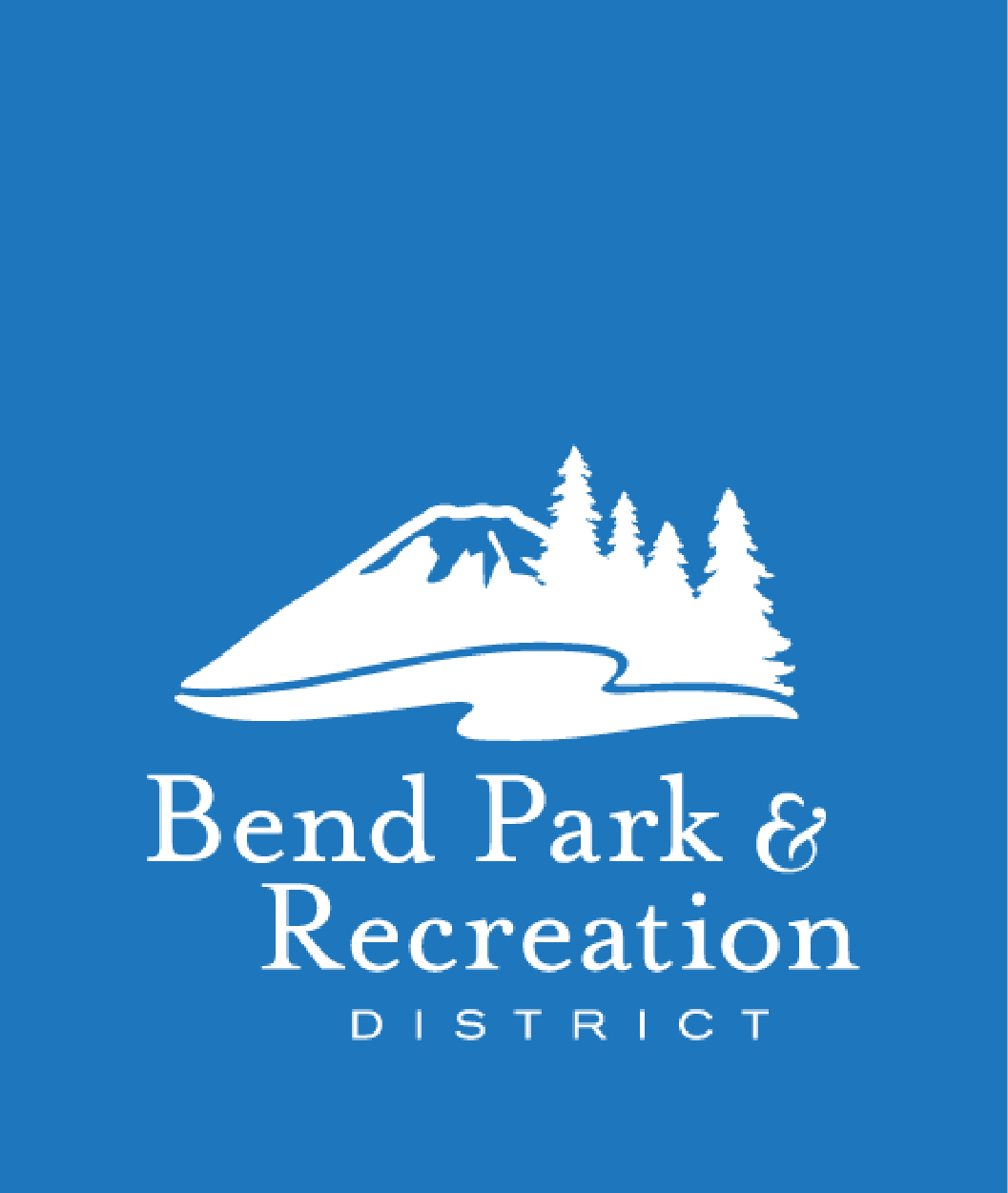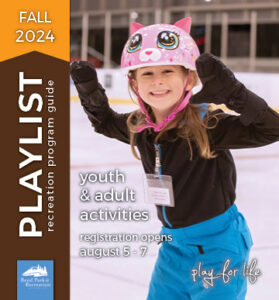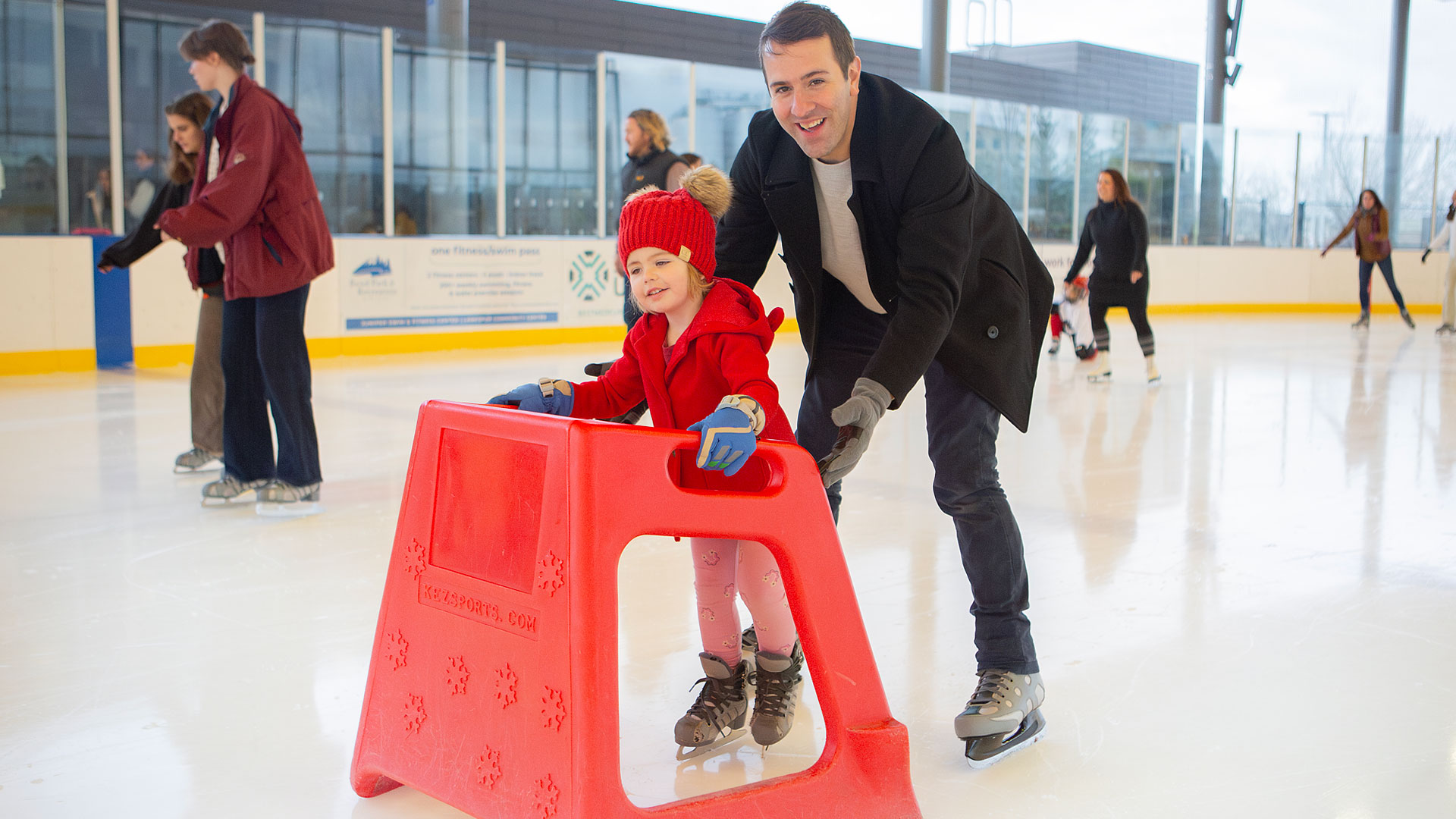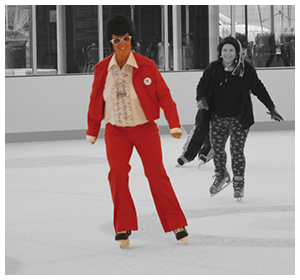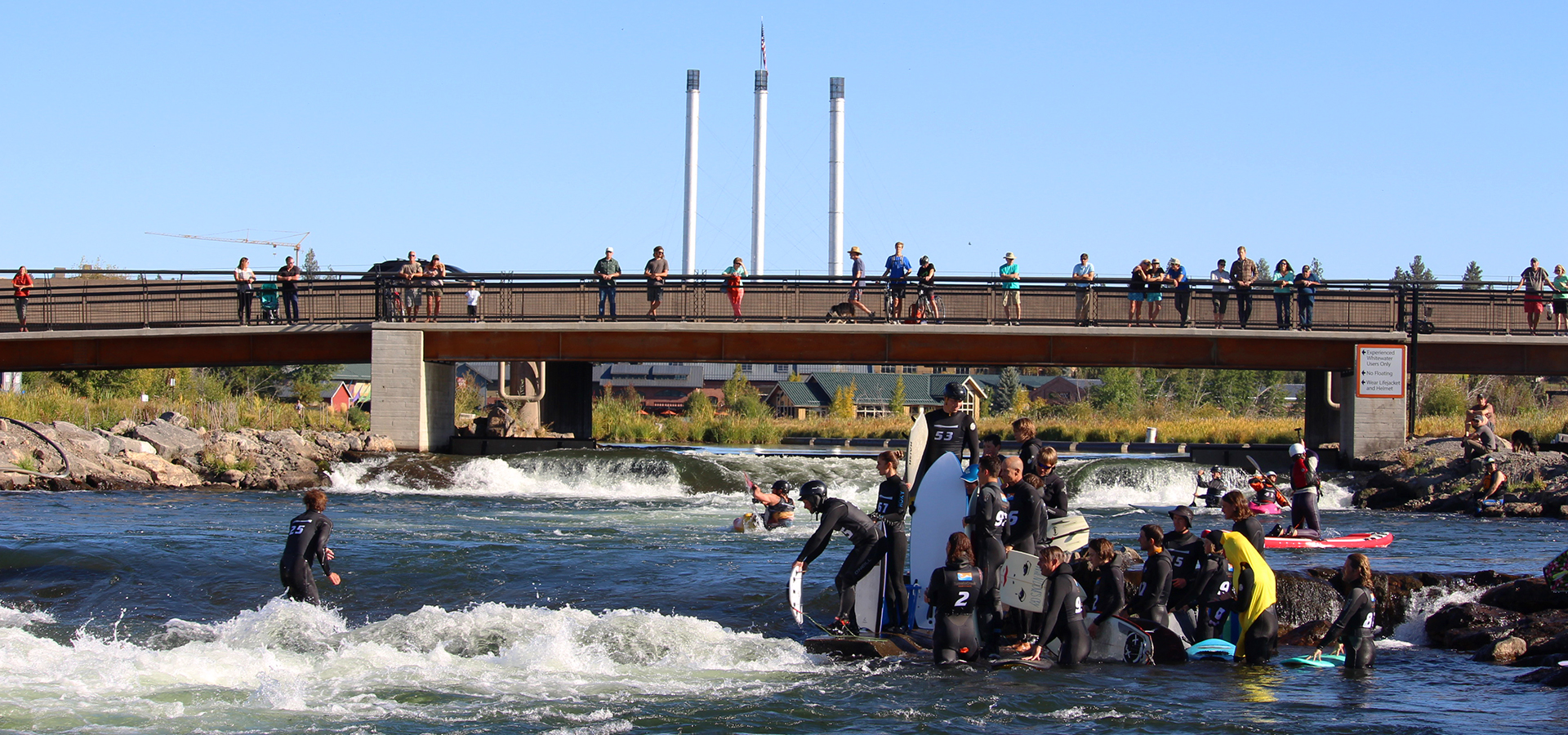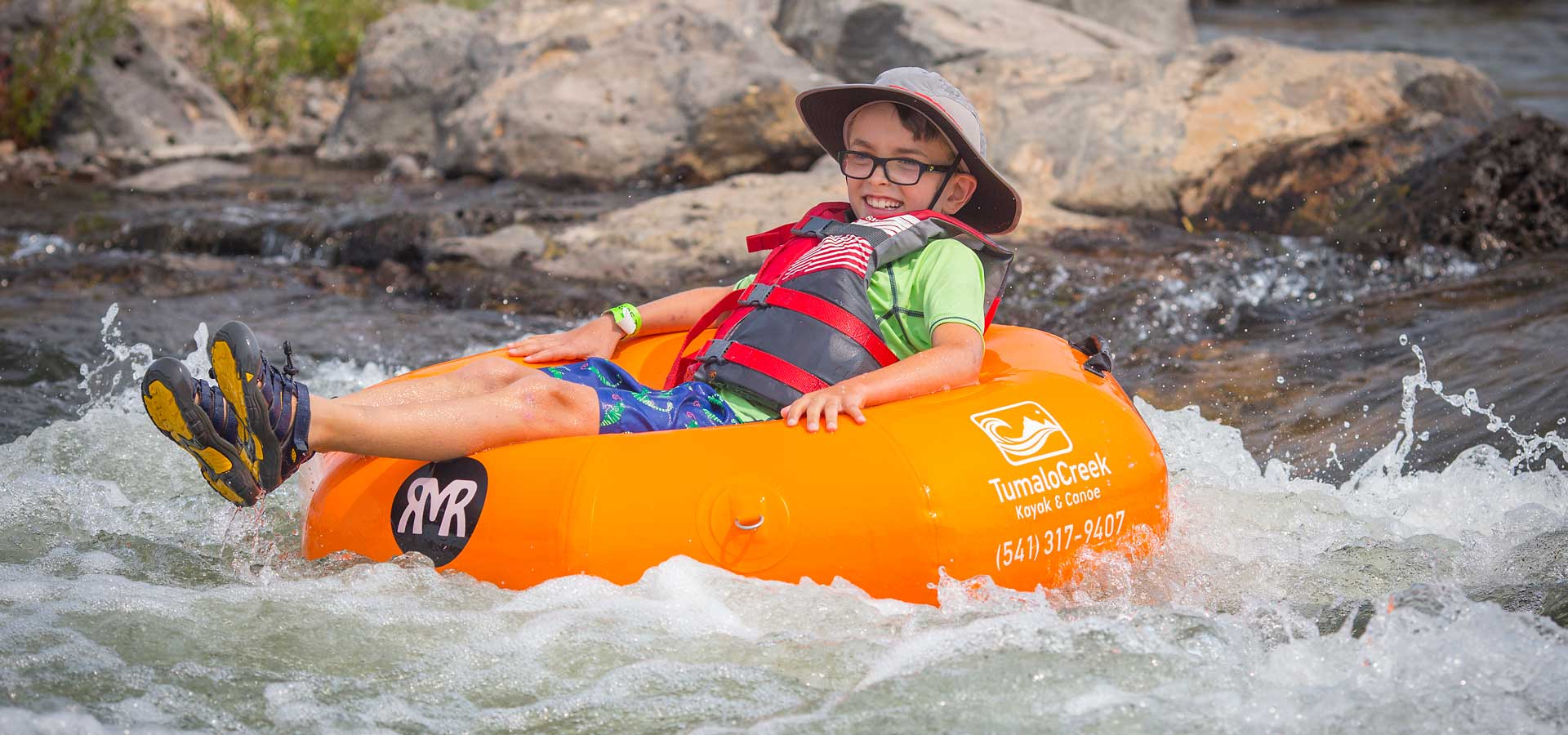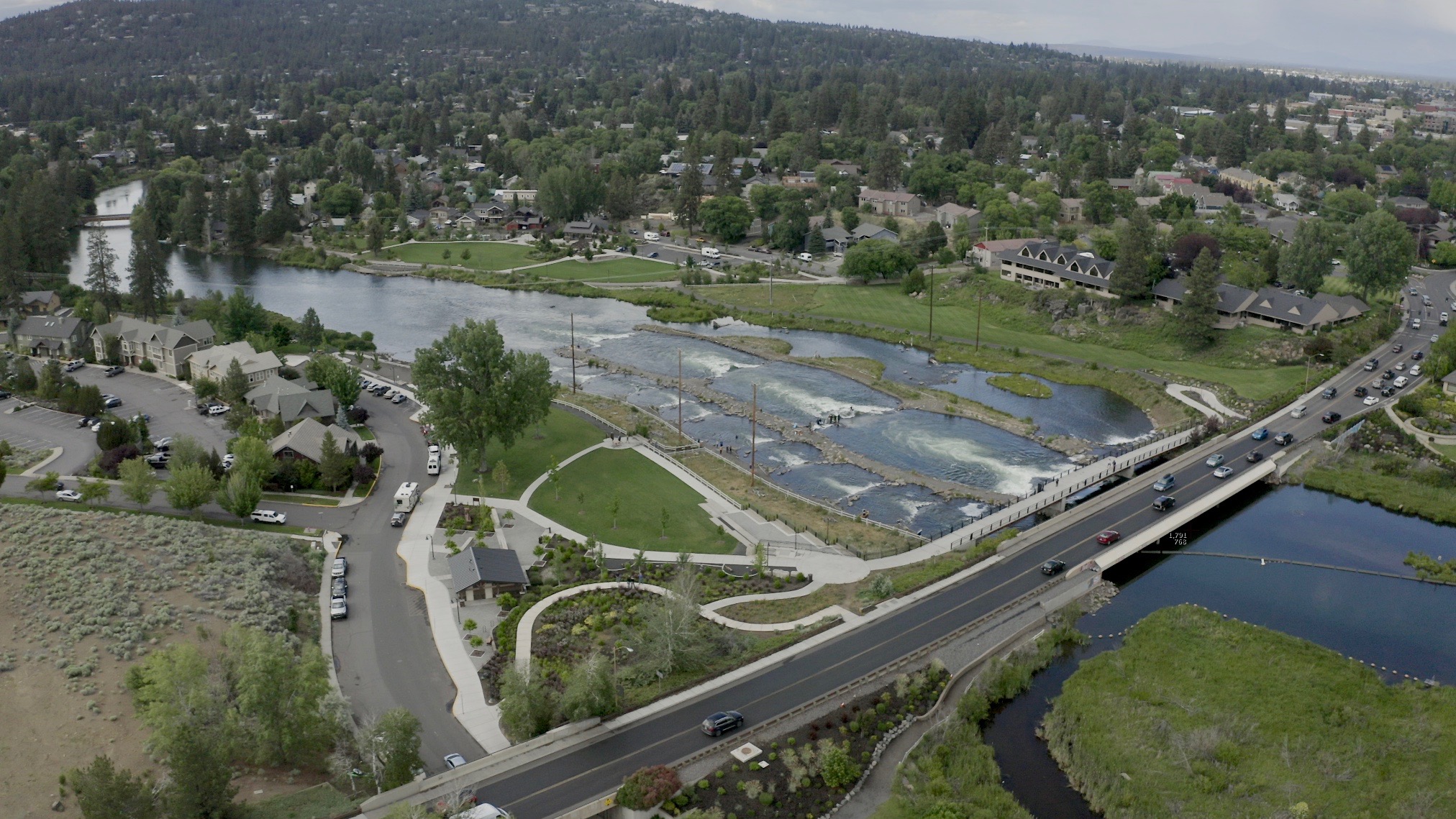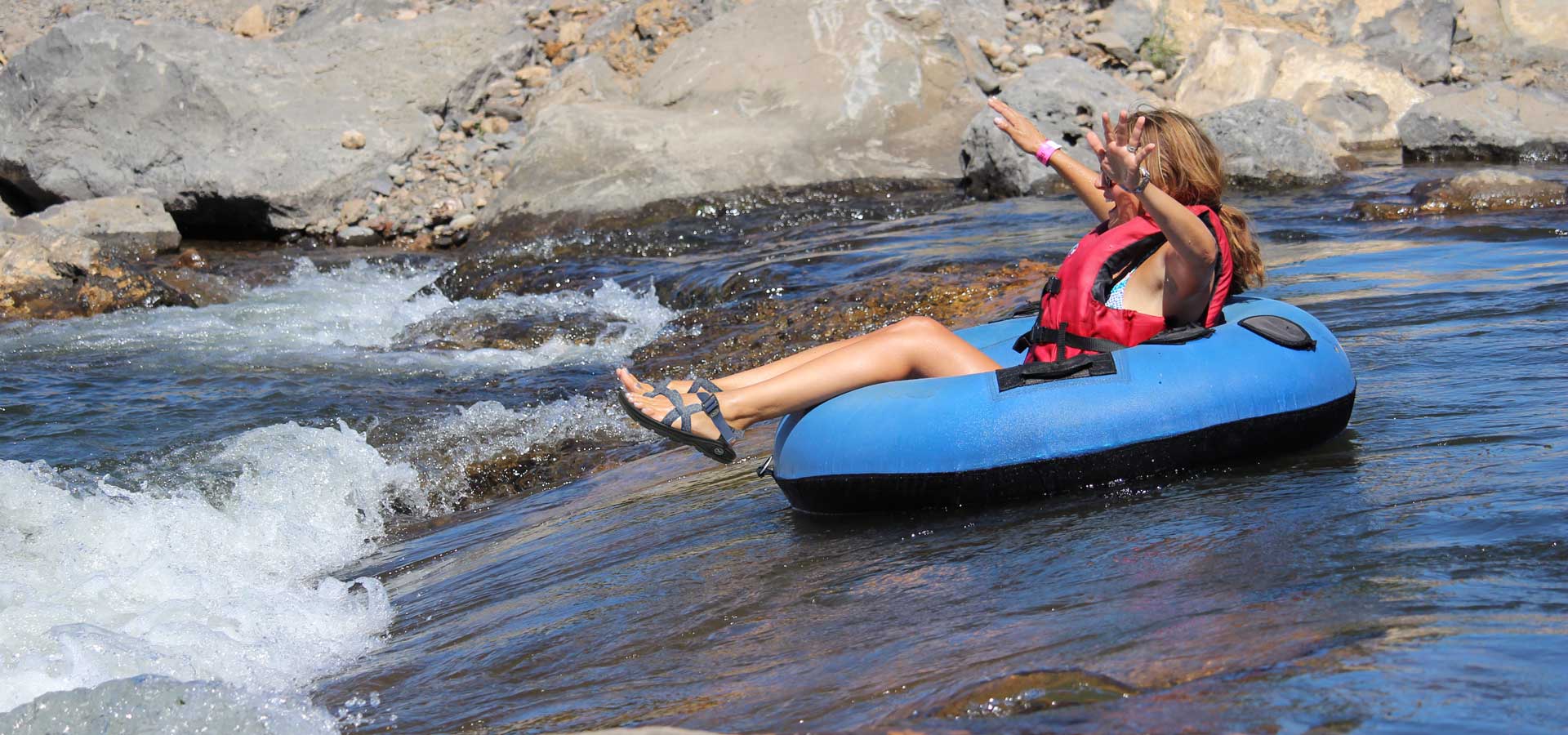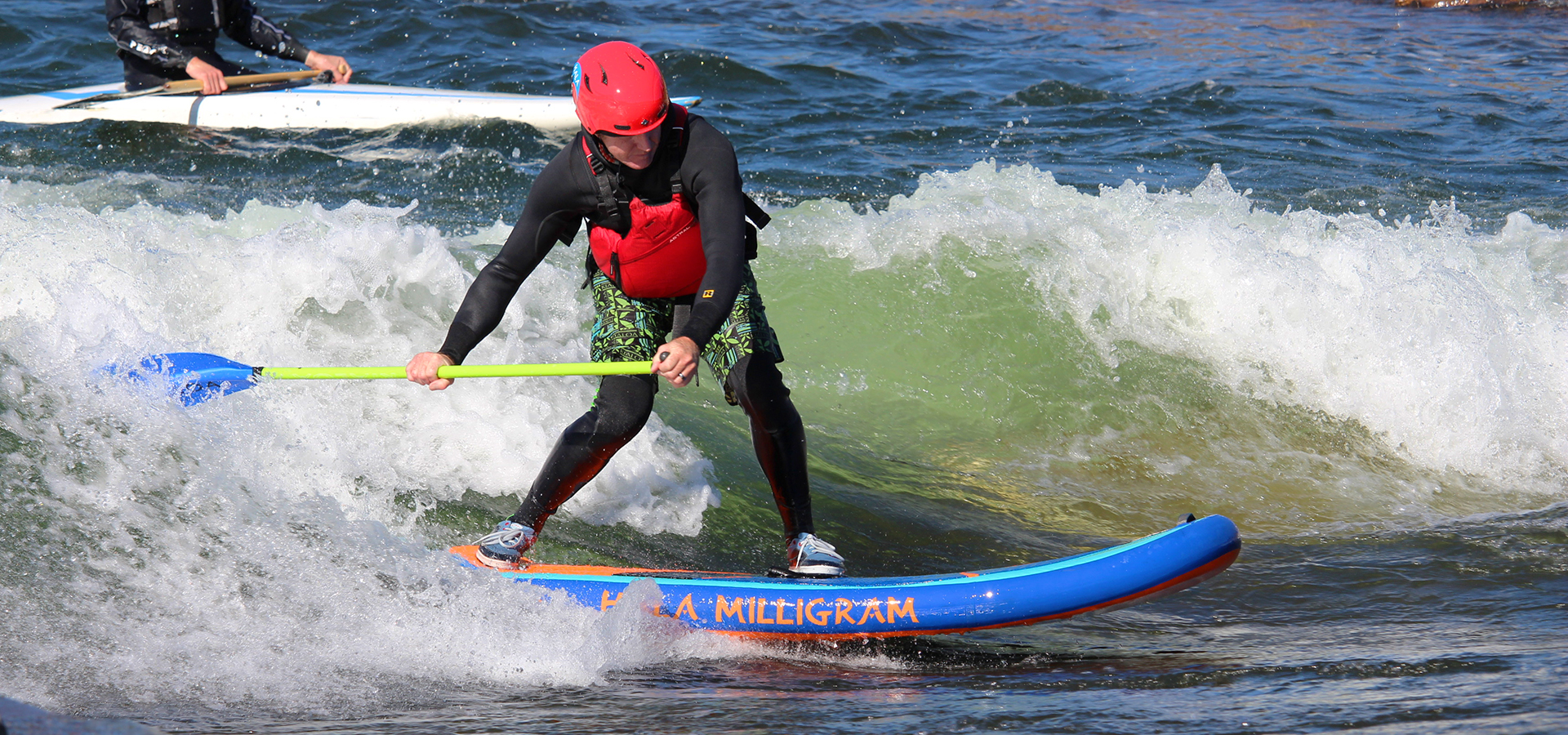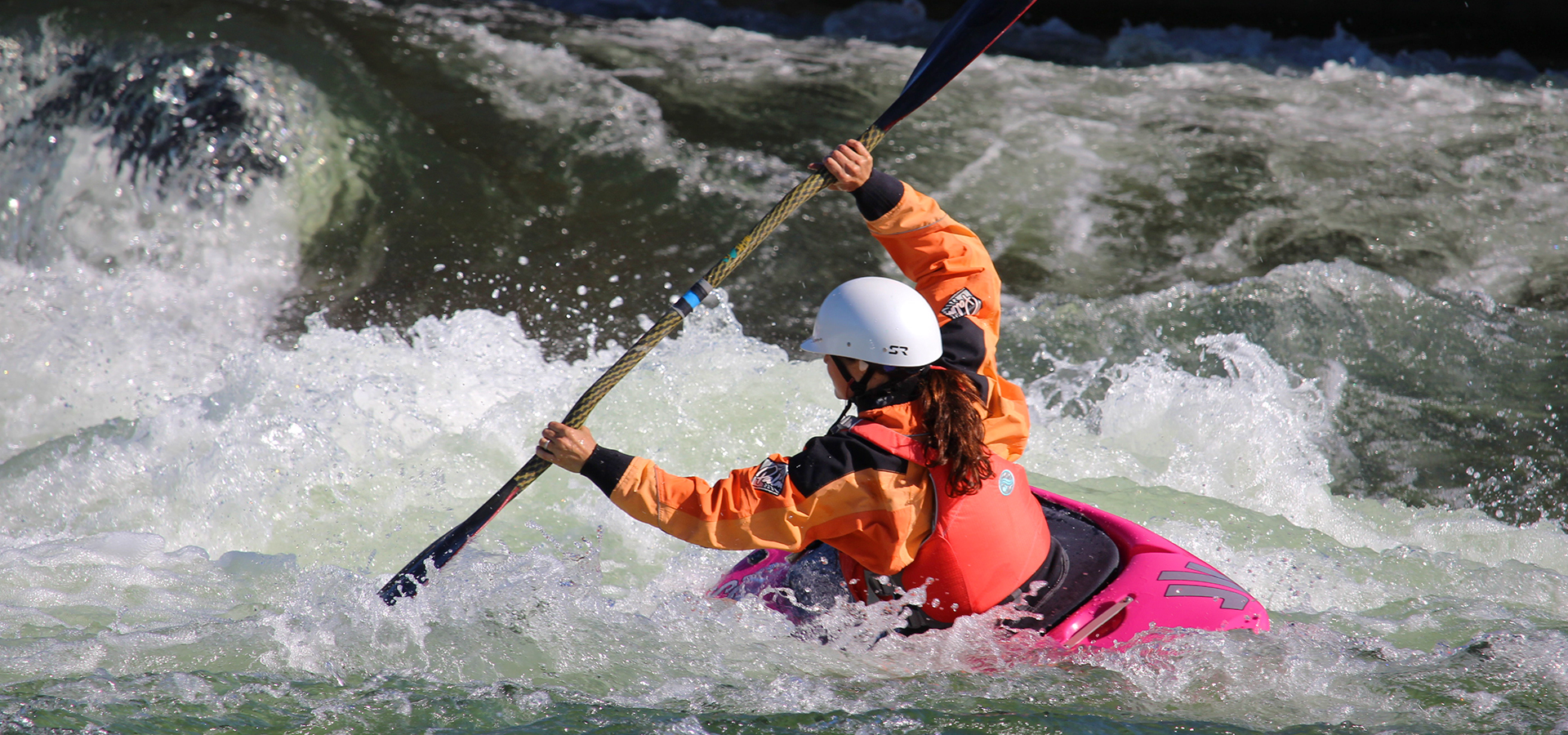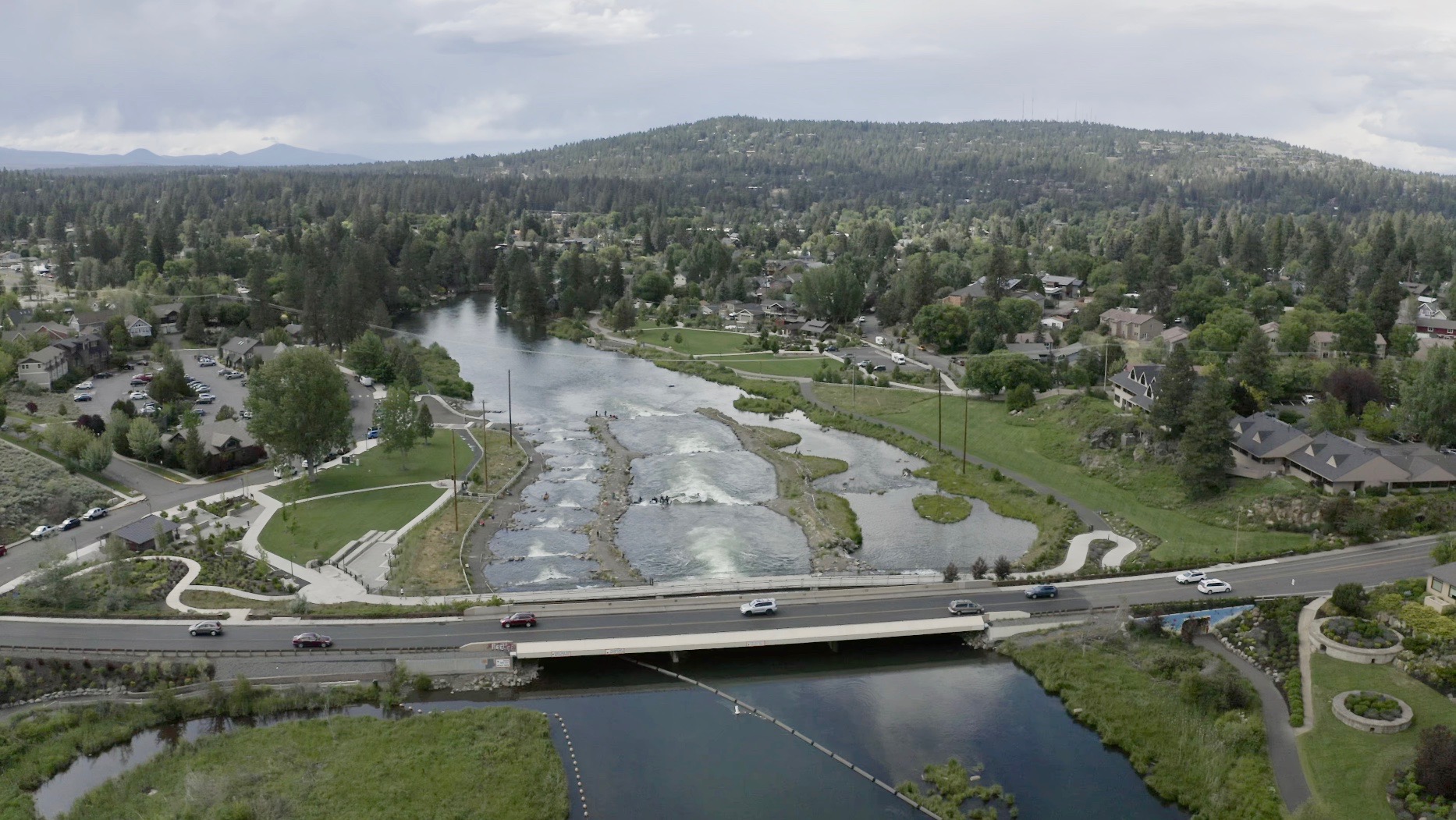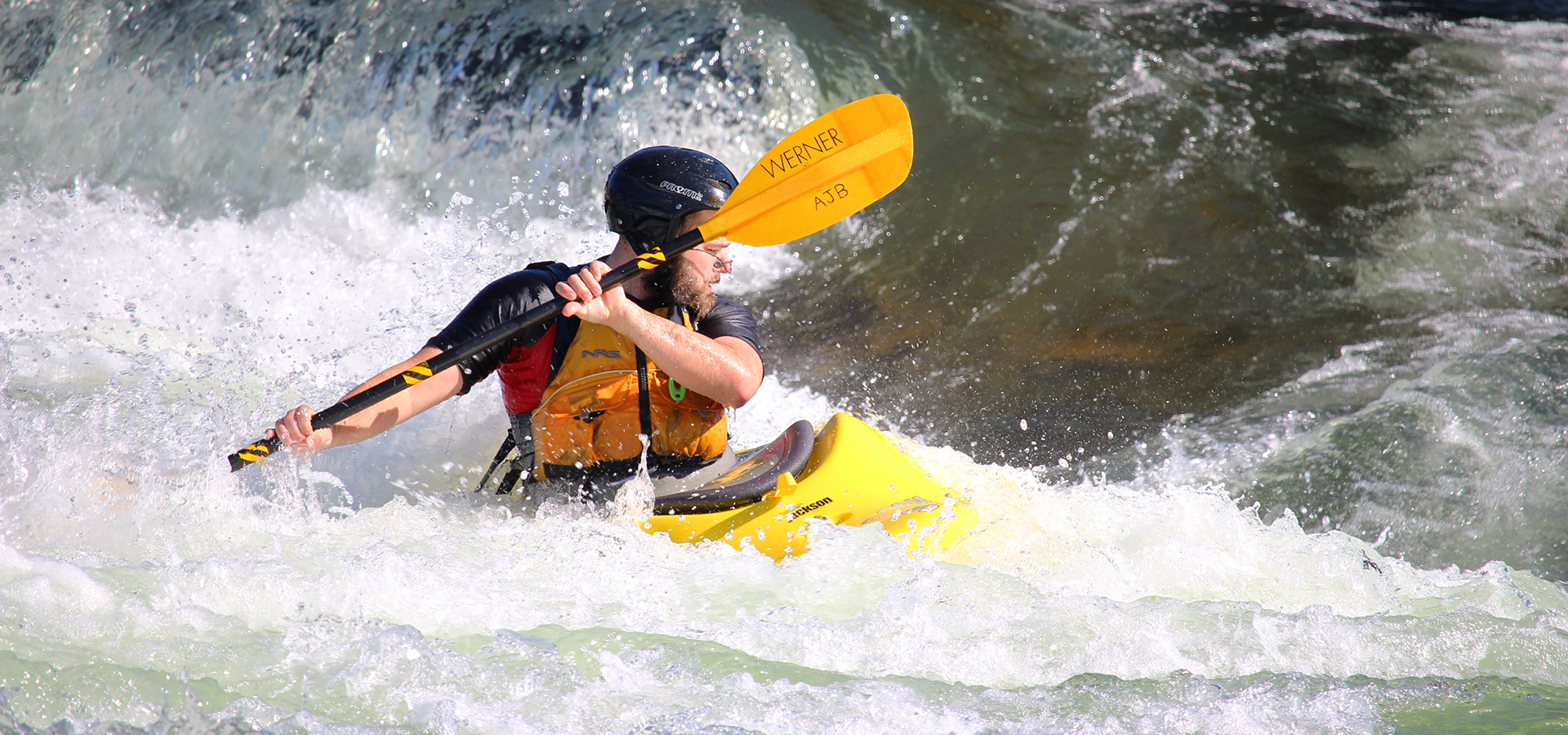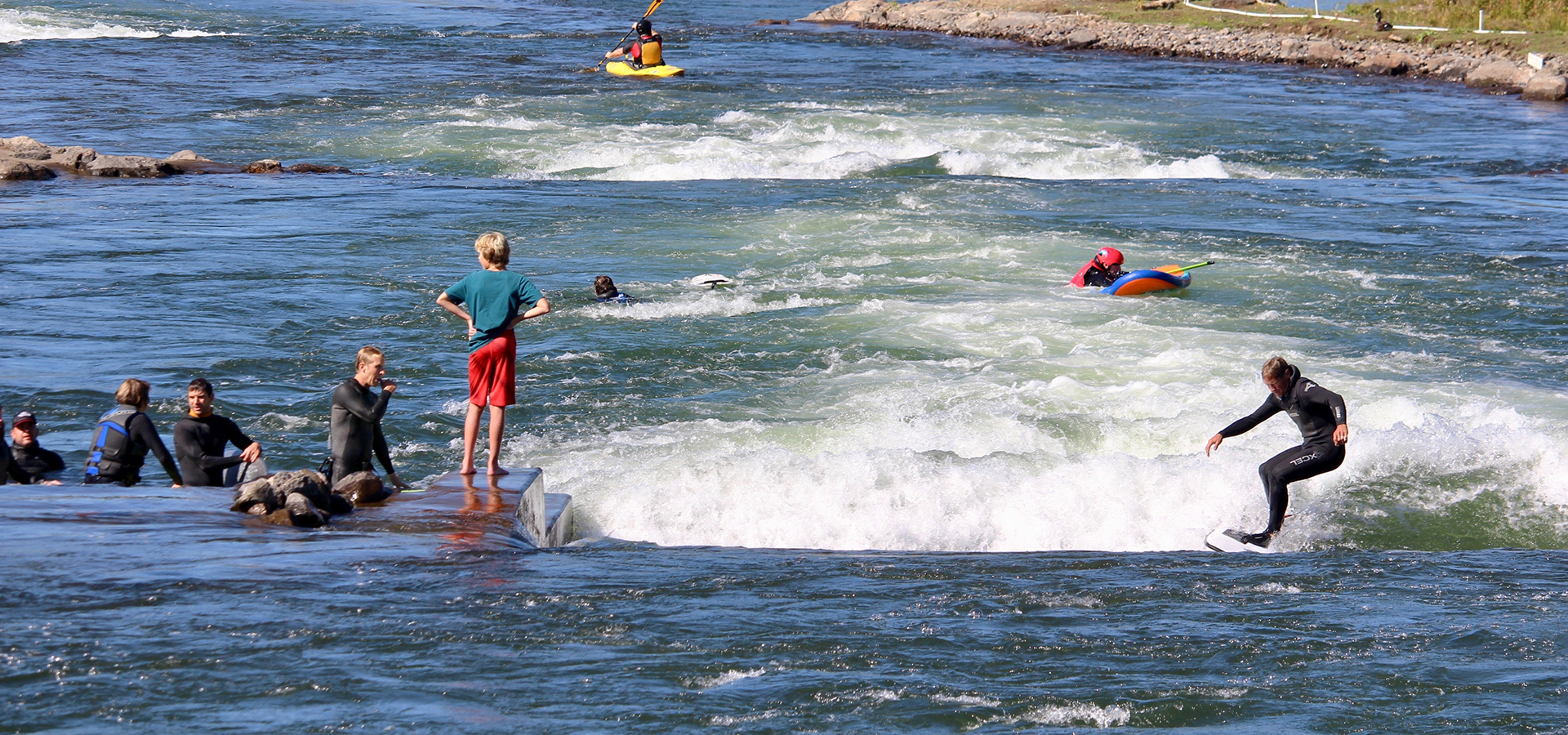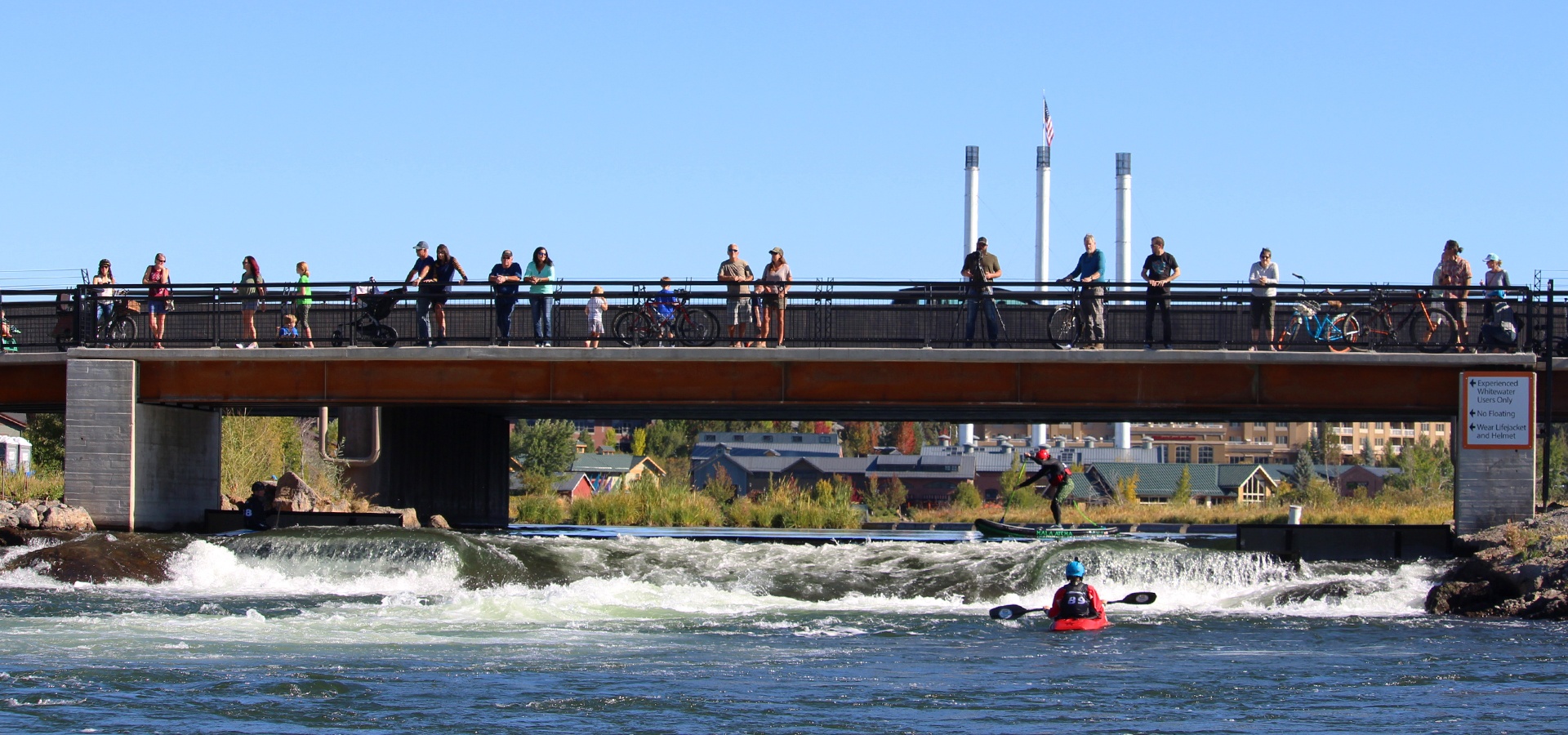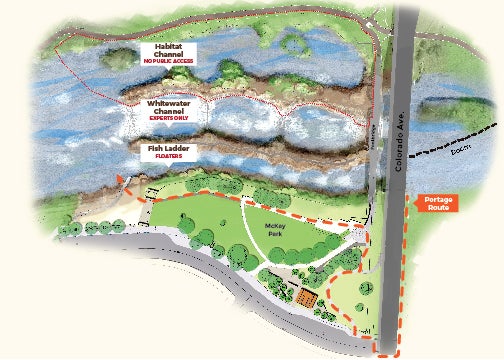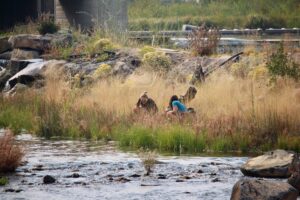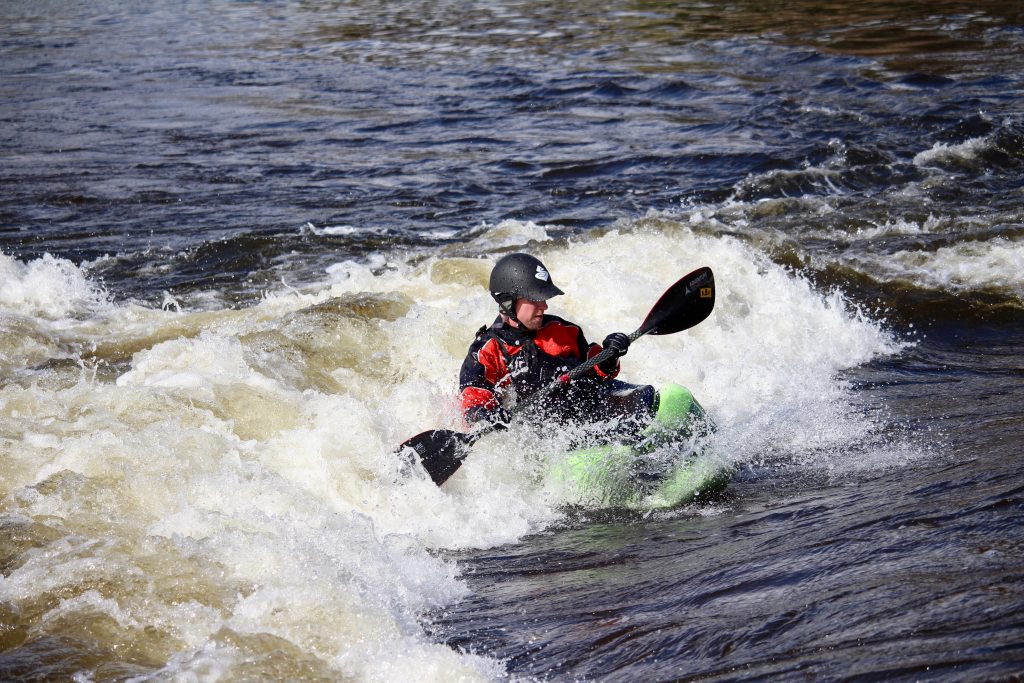June 15, 2022 update: The surf wave is expected to reopen the morning of June 18th.
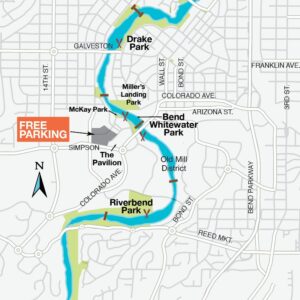
How to get to the Bend Whitewater Park
Location – 166 SW Shevlin Hixon Rd (Directions)
The Bend Whitewater Park is located in the heart of Bend in the Deschutes River north of the Colorado Avenue Bridge. Viewing is available on the pedestrian bridge and on the east side of the river and at McKay Park.
Parking notice: A 4-hour parking limit is in effect for on-street parking near McKay Park and Bend Whitewater Park. The parking limit applies to Shevlin Hixon Drive, Bradbury Way and neighboring streets to enable access for residents and patrons of area businesses as well as park users at McKay Park and Bend Whitewater Park.
Ample parking during daytime hours is available a block away at the Park & Float, 1000 SW Bradbury Way. Overnight parking is not permitted on park district property.
Parking for Floaters:
Park & Float is now closed for summer 2024.
Contact Tumalo Creek for rental opportunities, weather-permitting, through the rest of September.
Park & Float is at Simpson Ave. and Bradbury Way, across from The Pavilion at 1000 SW Bradbury Way, and has free parking, rental services, access to the river shuttle and more. It’s a convenient one-stop location for a day of river fun. Shuttle rides have a $5 fee.
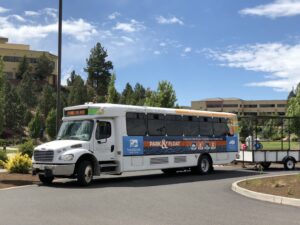
Parking Options:
Park & Float location at Simpson Ave. and Bradbury Way, across from The Pavilion at 1000 SW Bradbury Way. One block south of the whitewater park. (Directions)
Riverbend Park, 799 SW Columbia St. (westside) (Directions)
McKay Park, 166 SW Shevlin Hixon Dr. (westside) (Directions)
Miller’s Landing Park, 80 NW Riverside Blvd. (eastside) (Directions)
Ride the River shuttle service:
The Ride the River shuttle starts and ends at Park & Float, beginning June 22 (weather permitting) and ending on Labor Day. Round trip makes transportation easy for river users with shuttles departing every 15-20 minutes from 11 am to 7 pm. Advanced tickets available at Tumalo Creek Kayak & Canoe. Reservations for 2024 season are available now. On your reservation date, check-in at Park & Float for the wrist band valid the entire day.
Parking is available at Riverbend Park, Farewell Bend Park, Miller’s Landing Park and Park & Float (across from The Pavilion). It’s only a block away from McKay Park and about a one-mile walk to Riverbend Park. Please respect neighborhoods, businesses and parking time limits.
We don’t recommend parking at Riverbend Park, floating to Drake Park and then walking back. It’s an option, but the walk back will be about two miles. A better option is parking in “the middle” across from The Pavilion and splitting the walk up to one mile before and one mile after instead.
We also don’t suggest shuttling vehicles as parking is extremely limited and may not even be available in the area by Riverbend Park and/or Drake Park. There is also a new neighborhood parking permit required.
